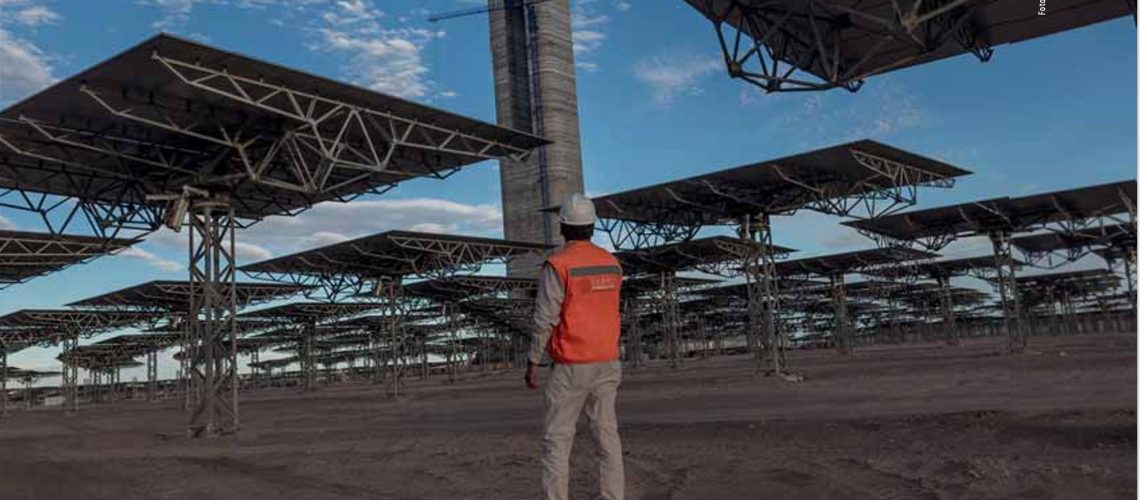Source: Revista Nueva Minería y Energía.
With Cerro Dominador, the implementation of Concentrated Solar Power (CSP) in Chile was kicked off. It is a promising alternative that could supply 26 times the entire national energy matrix. The problem? That its attributes be recognized by the electricity regulation to further promote its development.
Also known as solar thermal, Concentrated Solar Power (CSP) technology harnesses the sun’s heat to produce clean electricity on a large scale, thanks to the use of different forms of storage.
Worldwide, it is forecast that between 2025-2027 there will be many projects of this type in operation. In China, for example, more than 2,800 MW of CSP will come into operation between 2023 and 2024, while in Spain 200 MW of this technology will be tendered.
And if we talk about the sun, the Atacama desert located in the north of Chile, is one of the areas that presents one of the best conditions in the world for its development, being the place with the highest solar radiation on Earth. How is Chile taking, then, the path towards Solar Concentration?
In mid-2021, Cerro Dominador was given the go, the first solar thermal plant in Chile and Latin America that delivers 110 MW of clean energy to the national electricity system, 24 hours a day. With the launch of this initiative, the generation of CSP seeks to make its way into the energy matrix, and play a key role in the energy transition that the country is experiencing.
From Fraunhofer Chile they maintain that this alternative has a high potential for development, since thanks to its energy storage capacity it is complemented by variable renewable energies, providing attributes of stability and flexibility that the national electricity grid requires.
For María Teresa Cerda, deputy director of the entity, the role played by electrical storage systems is significant, since the value of CSP lies in them.
“The flexibility of the energy matrix depends on the system’s capacity to manage and balance supply with demand, and, therefore, depends on the different storage systems. Its characteristics make it a versatile resource that offers multiple applications that can contribute to the safety, sufficiency and economic efficiency of an electrical system”, she states.
For his part, Cristián Sepúlveda, executive manager of the Association of Concentrated Solar Power (ACSP Chile), explains that the country has the largest DNI, a component of the solar resource that uses CSP technology. “In order of magnitude, the DNI in Chile is between 15% and 75% higher than in the rest of the world where CSP projects are developed. Just considering this argument, the CSP could supply 26 times the entire national energy matrix”, highlights the executive.
Consistent with this vision, the leader of Fraunhofer Chile affirms that Chile could supply its electrical matrix with solar energy from Concepción to the north if it incorporated CSP at its full capacity.
“CSP is a proven technology in the world, so the country it could be at the forefront regarding its continuous development, with new services, advanced human capital, greater innovation, among other aspects”, she says.
A WINDOW OF OPPORTUNITIES
Given the emergence of Concentrated Solar Power on Chilean soil, from the ASCP they have worked with different state agencies and union entities to position it as a long-term storage alternative along with revealing its potential when replacing coal-fired power plants, fulfilling thus with a zero emissions matrix.
In Fraunhofer Chile, meanwhile, they explain that through a hybrid photovoltaic-CSP plant, the virtues of CSP energy dispatch management can be combined with very low-cost variable renewable generation by photovoltaic technology, thus displacing electricity production with CSP for when there is no solar resource available during the evening-night.
In this regard, María Teresa Cerda argues that the possibility of dispatch management and stable electricity generation make it an ideal technology for the development of future projects related to the production of green hydrogen and its derivatives, or its integration with desalination technologies. electrical or thermal desalination.
“For example, if a mining company in Chile requires a constant flow of green hydrogen for its processes, this is only possible today with CSP as base energy. In the event that the country wishes to export H2V (green H2), the European market will require that it be produced at the same time a renewable plant operates, and it is in these challenges that CSP technologies will play a key role”, adds the professional.
ELECTRICAL REGULATION AND PROJECTIONS
What is required when promoting this source of generation with greater force? There is a consensus among industry players that it is necessary that the virtues and attributes that characterize CSP be recognized by electricity regulation.
A critic in this sense formulates the leader of ACSP Chile. “In the last two electricity supply bidding processes, the authority has not considered the stability of the system, but rather has privileged the value in the short term without considering that the last reference price was well below the market price, leaving more than 60% of the energy required for 2027/2028 without awarding”, he details.
As a union -he adds- they have actively participated in the discussion of the new power regulation, the storage and electromobility bill, among other regulations.
All in all, the specialists consulted agree that the State should promote a specific policy to promote CSP, considering that Chile has strategic advantages for its promotion. “We have free solar fuel, desert salts and clear skies, so it is essential to strategically promote its development,” says María Teresa Cerda.
While in the opinion of the executive manager of ACSP Chile, the Concentrated Solar Power represents a clear sign of economic and social reactivation thanks to the important portfolio of jobs that it generates both in the construction stage and in the operation and maintenance of the projects, unlike other variable renewable technologies.
“We already have 9 competency profiles in the ChileValora catalog and we are close to incorporating, together with the Ministry of Energy, another 3 in the construction period,” concludes Cristián Sepúlveda.

